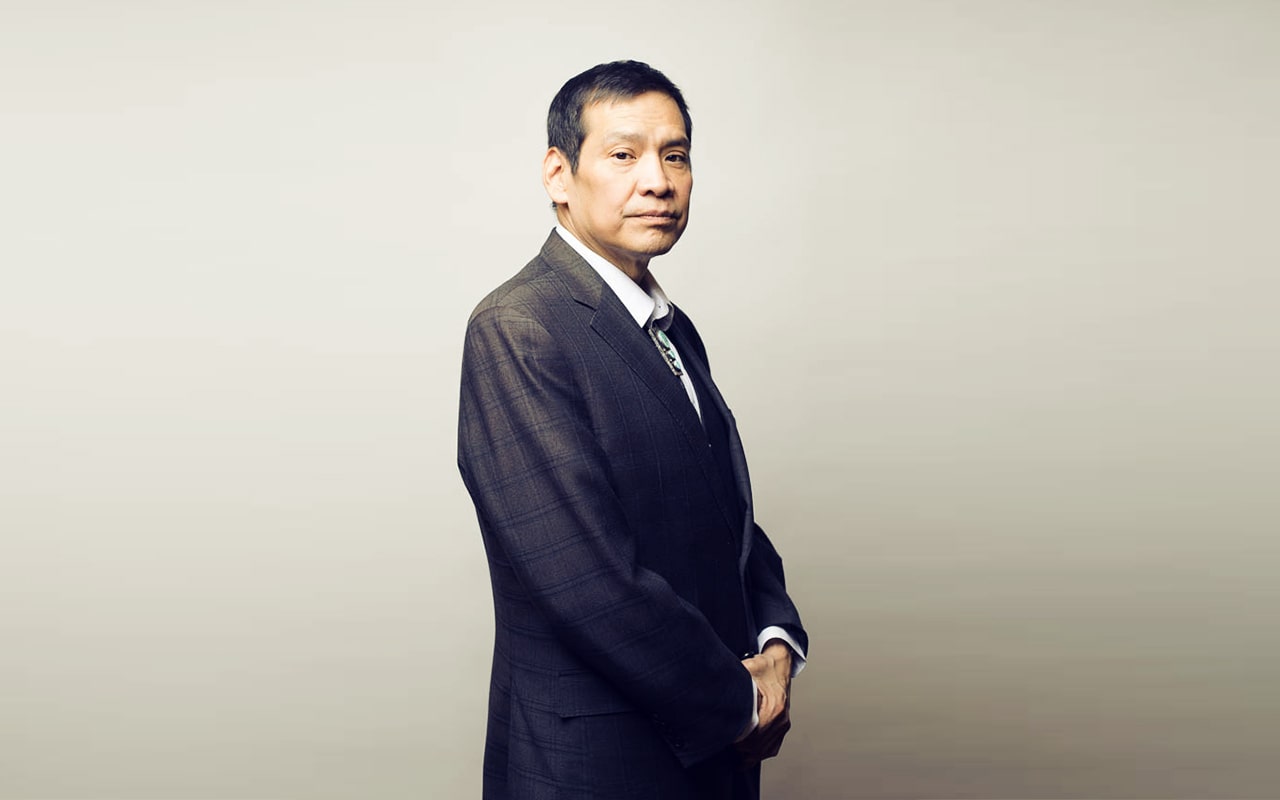The Internet can provide access to healthcare, education, and economic opportunity, but many indigenous communities face challenges to Internet access and inclusion. Brian Tagaban, Director of Government Policy at Sacred Wind Communications and former executive director of the Navajo Nation Telecommunication Regulatory Commission, is at RightsCon this week – the world’s leading conference on human rights in the digital age – to discuss the digital divide in indigenous communities in North America. He’s there as an Internet Society fellow and joined by other fellows Bill Murdoch, an IT specialist at the Manitoba First Nation School System and the First Nations Health & Social Secretariat of Manitoba, and Madeleine Redfern, the mayor of Iqaluit in Nunavut, Canada.
We spoke to Tagaban at the first Indigenous Connectivity Summit. The event was the start of a critical conversation about how indigenous communities can connect themselves to the Internet on their own terms. He detailed the time, diligence, and effort required to build a regulatory framework, and hoped that other Summit participants could “see how things are possible, celebrate success stories, share those success stories so that they can be built upon, and gain exposure to the political circumstances, social circumstances, geographic circumstances” that other communities faced. With Tagaban’s extensive experience with telecom regulation, he was hopeful that indigenous communities could develop their own effective and informed means of regulation.
“In my work with the Navajo Nation, I was privileged to travel the world, learning other regulatory regimes, exploring the concept of sovereignty. Sovereignty is more than a designation, it is a responsibility. When I was on an international stage, I realized that our nation, the Navajo Nation, is young. We’re infants in this game.”
“With a diligent effort, an honest effort, an effort that is conducive to your neighbors, you can have a regulatory regime that can meet the needs of your community.”
Closing the digital divide is a matter of global responsibility. We all must work together to bridge the digital divide and to foster an inclusive digital society. We must work together to #SwitchItOn.
Indigenous communities face unique challenges to Internet access and inclusion. Learn how you can support indigenous connectivity and save the date for the 2018 Indigenous Connectivity Summit, October 11-12 in Inuvik.

